Specialties
Our Specialties

Primary & Revision Knee Replacement Surgery
During primary total knee replacement, the knee joint is replaced with an implant, or prosthesis, made of metal and plastic components. Although most total knee replacements are very successful, over time, problems such as implant wear and loosening may require a revision procedure to replace the original components.
It may take up to 12 months to fully recover. Most people will feel comfortable going back to work and resuming some of their normal activities three to six months after the surgery

Primary & Revision Hip Replacement Surgery
The main reason for hip revision surgery is to repair an artificial hip implant that may be no longer securely attached to the bone, resulting in abnormal motion that causes pain for the patient. Hip revision surgery is an attempt to repair the hip and restore it to a condition where it can function normally.
Our will be about 20 percent recovered and should feel comfortable putting more weight on your hip about six to eight weeks after surgery. The timeline for returning to work and other daily activities is usually between 12 to 26 weeks (three to six months).

Knee Preservation & Reconstruction Surgeries like High Tibial Osteotomies, Corrective Osteotomies for Malalignment
With each step you take, forces equal to 3 to 8 times your body weight travel between the femur and tibia in your knee. These forces are dampened by two menisci located on the inner and outer portion of the knee, and the ends of the bones are protected by articular cartilage. Patients who have osteoarthritis of the knee experience a successive wearing on the menisci and articular cartilage, which may develop tears. The degeneration of these tissues limits the knee's ability to glide smoothly and can result in popping, catching, locking, clicking and pain.

Knee Sports Injury
The knee is one of the most common body parts to be injured.
Risk factors for knee injury include overuse, improper training, having osteoporosis, and playing high-impact sports that involve sudden changes in direction.
The main signs and symptoms of knee injury are knee pain and swelling.
Knee injuries are diagnosed by a history and physical examination. Sometimes an X-ray or MRI may be done.
Treatment of knee injuries depends on the type and severity of the injury and can involve RICE therapy (rest, ice, compression, elevation), physical therapy, immobilization, or surgery.

Simple & Complex Trauma
The term complex trauma describes both children's exposure to multiple traumatic events, often of an invasive, interpersonal nature, and the wide- ranging, long-term impact of this exposure. Whereas, simple trauma, refers to ONE traumatic event that is definable, such as an assault.
Single incident events usually have a clear beginning and end. Once the event is over, survivors can reach a place of safety and may be able to seek help and recover. However, Complex Trauma is ongoing, or repeated frequently, so there is little time to recover.
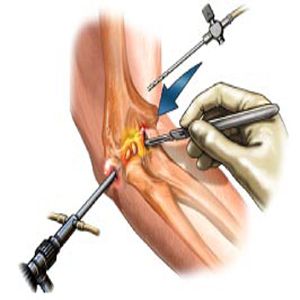
Arthroscopic Elbow & Ankle Surgeries
What is the management of back pain?
Medications. Depending on the type of back pain you have, your doctor might recommend the following: Over-the-counter (OTC) pain relievers. Nonsteroidal anti-inflammatory drugs (NSAIDs), such as ibuprofen (Advil, Motrin IB, others) or naproxen sodium (Aleve), may help relieve back pain.
The pain can be there all the time, or it may come and go. It can happen anywhere in your body. Chronic pain can interfere with your daily activities, such as working, having a social life and taking care of yourself or others. It can lead to depression, anxiety and trouble sleeping, which can make your pain worse.
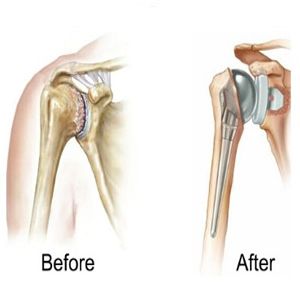
Primary & Revision Shoulder Replacements
The standard total shoulder replacement involves replacing the arthritic joint surfaces with a highly polished metal ball attached to a stem, and a plastic socket. A total shoulder joint replacement. These components come in various sizes. They may be either cemented or press fit into the bone.
In reverse total shoulder replacement, the socket and metal ball are switched. That means a metal ball is attached to the shoulder bone and a plastic socket is attached to the upper arm bone. This allows the patient to use the deltoid muscle instead of the torn rotator cuff to lift the arm.

Arthroscopic Knee Ligament Reconstructions
The term complex trauma describes both children's exposure to multiple traumatic events, often of an invasive, interpersonal nature, and the wide- ranging, long-term impact of this exposure. Whereas, simple trauma, refers to ONE traumatic event that is definable, such as an assault.
Single incident events usually have a clear beginning and end. Once the event is over, survivors can reach a place of safety and may be able to seek help and recover. However, Complex Trauma is ongoing, or repeated frequently, so there is little time to recover.
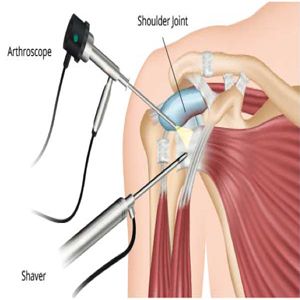
Arthroscopic Shoulder Surgeries for Instability & Cuff Repairs
Shoulder arthroscopy is a minimally invasive surgical technique that allows your surgeon to evaluate your shoulder and in some cases treat the cause of instability. During the procedure your surgeon will make small incisions in your shoulder called portals.
Rotator cuff repair is surgery to repair a torn tendon in the shoulder. The procedure can be done with a large (open) incision or with shoulder arthroscopy, which uses smaller incisions. The rotator cuff is a group of muscles and tendons that form a cuff over the shoulder.
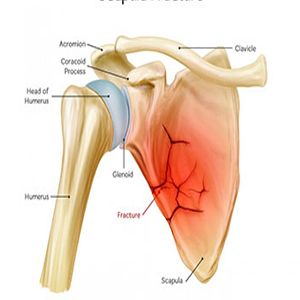
Complex Shoulder Girdle Injuries & Scapular Fractures
The standard total shoulder replacement involves replacing the arthritic joint surfaces with a highly polished metal ball attached to a stem, and a plastic socket. A total shoulder joint replacement. These components come in various sizes. They may be either cemented or press fit into the bone.
In reverse total shoulder replacement, the socket and metal ball are switched. That means a metal ball is attached to the shoulder bone and a plastic socket is attached to the upper arm bone. This allows the patient to use the deltoid muscle instead of the torn rotator cuff to lift the arm.

Pelvis & Acetabular Surgeries
In surgeries to repair pelvic and acetabular fractures, a combination of metal screws, plates, pins and bars are used to realign the fractured and injured fragments of bone so that the anatomy of the pelvis and hip socket are restored.
Most people with acetabular fractures take about 4-6 months to heal. If anatomic alignment was achieved at surgery and no complications occur, patients are able to return to prior activities and function.
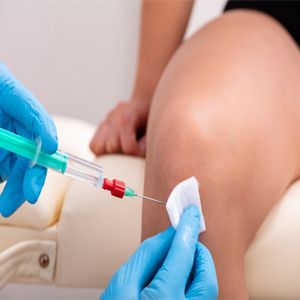
PRP Injections
Platelet-rich plasma (PRP) therapy uses injections of a concentration of a patient's own platelets to accelerate the healing of injured tendons, ligaments, muscles and joints. In this way, PRP injections use each individual patient's own healing system to improve musculoskeletal problems.
